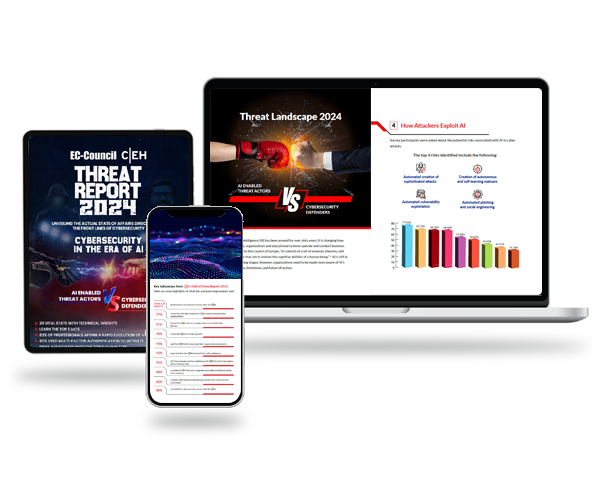- 087 941 5764
- impactful@lrmg.co.za
Articles

Love this. Share it Now!
In today’s global and interconnected business environment, organizations often need to move or migrate their databases across different operating systems (OS) to accommodate changing requirements, new infrastructure, or strategic goals. Transporting a database across different OS platforms can be challenging, requiring careful planning and execution to ensure a successful migration with minimal downtime and data loss. This article will explore the process of transporting a database across different OS platforms, its benefits, and best practices for a seamless migration.
Database transport is the process of moving or copying a database from one operating system platform to another, ensuring that the data remains accessible and functional on the new platform. This process typically involves exporting the database’s metadata and data, transferring the exported files to the target platform, and importing the data into a new or existing database. Database transport can be performed using various tools and techniques, depending on the specific database management system (DBMS) being used.
Transporting a database across different OS platforms is a complex yet often necessary process for organizations looking to improve their infrastructure, reduce costs, and enhance their database capabilities.
By carefully planning the migration process, assessing compatibility, and following best practices, organizations can successfully transport their databases to new platforms while minimizing risks and ensuring a seamless transition.
Ultimately, a well-executed database transport can help organizations unlock new opportunities, streamline operations, and drive business growth.























































